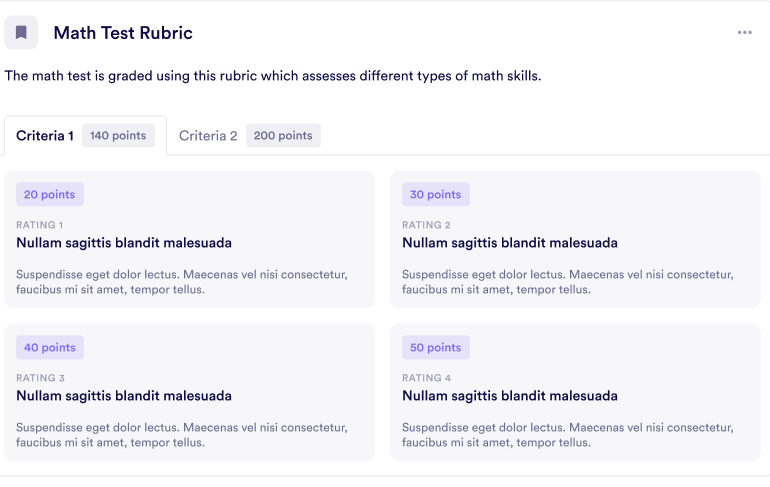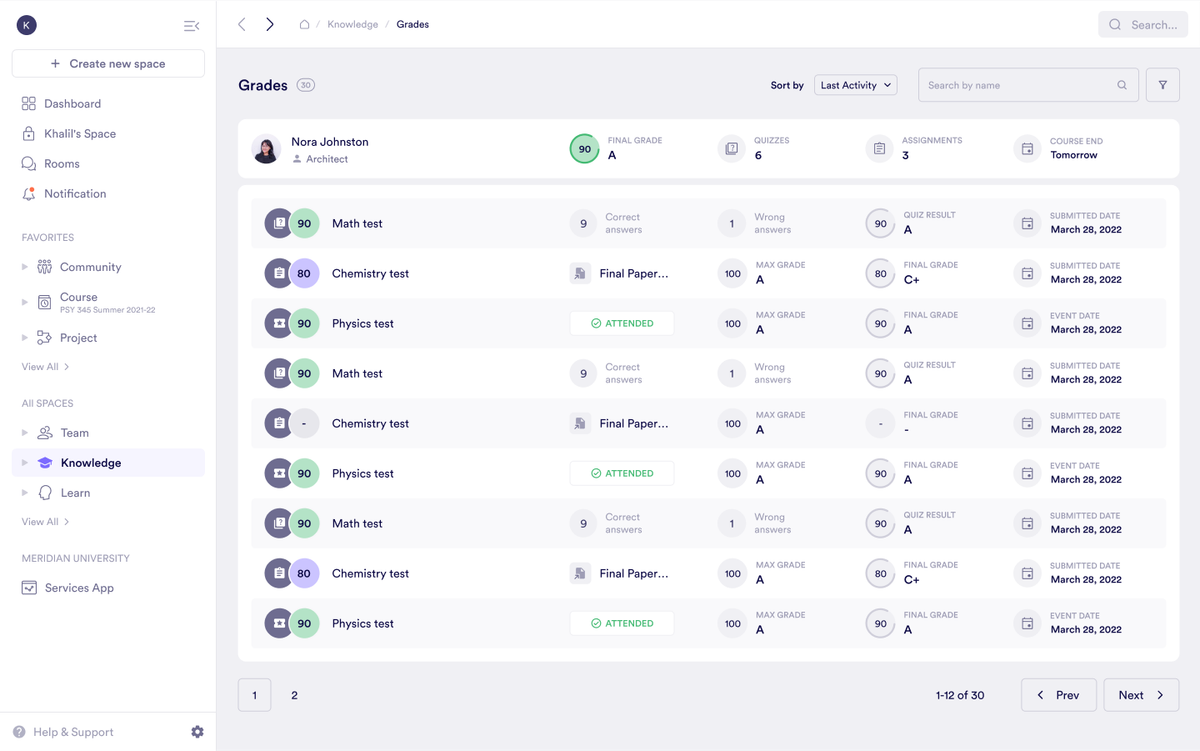May 28, 2025
5 Assignments You Can Build Right Now in Pivot (That Would Take Twice as Long Anywhere Else)
 Jennifer Simonazzi
Jennifer Simonazzi
Most platforms still treat assignments like forms: upload a file, pick a deadline, wait. Nothing about that feels like teaching; it’s admin work wearing a gradebook. Platforms like Canvas might check the boxes, but they rarely help you think through the assignment itself.
Pivot takes a different route. Instead of forcing your course into someone else’s structure, it gives you fast, flexible building blocks that work with how you already teach. Assignments are supposed to be layered, living, and built to evolve alongside your course.
This post covers five assignments you can build in Pivot today. Each one shows how real-time team communication and design-forward blocks let you create, assign, and grade work without hitting a wall of clunky interfaces. If you’ve been looking for a Canvas alternative that actually moves as fast as your course, start here.
1. Written Reflections That Don’t Require a Maze of Tabs
Most platforms treat short-form writing like a formality: basic input, no structure, minimal feedback. Pivot lets you create and manage reflection assignments that feel guided, not just submitted.
Create an assignment block with:
- A clear prompt or question in the description
- A rubric with qualitative criteria (e.g. insight, organization, tone)
- A deadline
Students submit their responses right inside the course space, with the rubric visible upfront. It’s a format that encourages thought and keeps everything in context. If you’ve been searching for a Blackboard alternative that treats writing as part of learning—not admin—this is a good place to start.

2. Multimedia Reflections That Don’t Break the Format
When students need to reflect out loud—literally—most platforms flinch. Either they limit file types, push uploads through third-party tools, or bury submissions under five clicks.
Pivot just handles it.
With the Assignment Block, students can upload audio or video recordings directly—no detours, no compression tricks, no portals that feel like side quests. It’s perfect for:
- Language learning
- Oral exams
- Performance-based feedback
- Quick, unscripted responses
Educators can grade with rubrics that reward tone, structure, clarity, or originality, whatever matters most to the assignment. It’s fast to set up, easy to reuse, and built for instructors who don’t want to spend time troubleshooting tech.
If you're looking for a Brightspace alternative that doesn’t treat multimedia like a fringe case, Pivot gives you the structure without the stress.
3. Open-Ended Projects with Real Rubric Transparency
Some platforms treat rubrics like fine print. In Pivot, they’re front and center, baked directly into every assignment, visible before a student even clicks “Start.”
Educators can create rubrics that do more than check boxes. Define your own criteria, set descriptive ratings, assign point values, and attach meaningful feedback to each level. Whether you’re using a letter scale, performance scale, or GPA scale, the math—and the message—stay clear.
Students get the full picture from day one with no extra clicks. Build once, then reuse or adjust as needed across terms. As a solid D2L alternative, Pivot lets open-ended, creative assignments stay structured—without becoming rigid, and treats assessment like part of the learning, not just the wrap-up.

4. Critical Analysis Without the Platform Getting in the Way
Assigning long-form essays shouldn’t feel like threading a needle through separate portals for prompts, grading, and feedback. In Pivot, the assignment block lets you lay out a clear, thesis-driven question, define academic expectations inside the description, and attach a rubric that actually reflects how you teach: argument development, structure, grammar, citation style: whatever matters to the assignment. Students see all of it upfront. They submit inside the same space where they read the prompt, and instructors review, grade, and respond in a single flow. If you’re used to the friction of a traditional LMS, this simplicity stands out.
5. Book Reviews That Stay Organized and On-Track
Not every assignment is about speed—some require thought, pacing, and clear expectations. Pivot helps educators set up longer-form assignments like book reviews without losing structure.
In one assignment block, you can:
- Include a summary of what the review should cover
- Attach reading guidelines or background context
- Add a rubric that breaks down expectations (e.g. comprehension, analysis, style)
- Set a submission window and review all entries from the same space
For educators looking for a Brightspace alternative that doesn’t overload you with menus or tabs, this format gives you structure that’s fast to build and easy to reuse.
Pivot Isn’t Just Faster. It’s Built for the Way You Teach
Most platforms expect you to shape your assignments around their limitations. Pivot works the other way around: responding to how you teach.
You’re not stitching together rubrics from one tab, feedback from another, and files from a third. You’re building the full experience in one structured flow: create the assignment, assign the work, grade with precision, evolve based on what comes in.
This is the baseline. Real-time team communication. Flexible submissions. Evaluation that matches your intent. And it all happens without jumping through hoops.
Unlike a traditional Canvas alternative that treats a course like a file repository, Pivot reimagines the LMS as a living system for instructional design, where collaboration isn’t bolted on but built in.
Build Something Better, Faster, Smarter

Assignments are only the entry point. Pivot gives you the structure to design full courses, foster real collaboration, and support learning that adapts over time—not just over semesters. Whether you're teaching in a high school classroom or managing multiple sections in a university program, you can build once and grow continuously.
Use Pivot to support:
- Middle and high school courses
- College and university programs
- Online or hybrid learning environments
- Peer learning and project-based assignments
- Real-time collaboration in live or asynchronous settings
Explore more possibilities with Pivot HERE.

Jennifer Simonazzi
Content Writer
Share this post
Table of Contents
Subscribe to never miss out on updates and inspiration
Watch new Pivot tutorials, attend live training sessions, and get access to exclusive new features.
